In many cultures mountains are the home of the Gods, remote and removed from ordinary life. Your photographs suggest that tourists seek the sublime in nature but also expect comfort and control. Please comment.
Bärbel Praun (BP): Searching for the sublime in landscape and how it’s perceived and consumed by people (including me) is an important topic of my photography indeed. But isn’t it what modern tourism is about? You want to spend your vacation in adventurous surroundings, experience beauty and wilderness on the one hand and go up the mountain via cable car and order your portion of fries while enjoying the view on the other hand? For my series ‘Gruss und Kuss die Berge sind Schön’ ('Greetings and Kisses, the Mountains are Beautiful’, 2006 ) I travelled through Swiss, Austrian and Italian Alps to find out that big religion for the majority of people visiting the mountains is sports, may it be for fun, challenge or compensation of everyday’s life. Having lived in the mountains myself for many years made me think about both sides, tourism industry and expectations of guests visiting – not much room left for Gods, though.
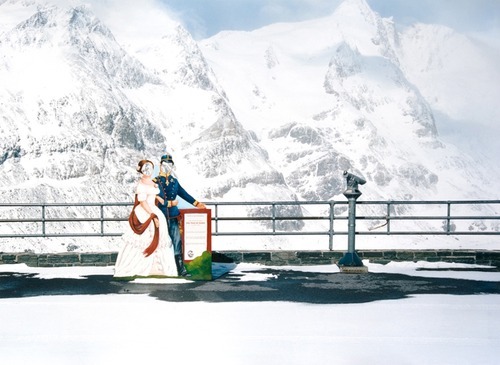
© Bärbel Praun from the series 'Gruss und Kuss die Berge sind Schön’
I think that the image of a feather on graph paper plays a central role in the series ‘This Must Be The Place’. Please give us your thoughts on the evolution of this group of images.
BP: This series is my most recent, still ongoing work and also my most personal one. It’s a slowly, continuosly growing body of work led by intuition and my emotional state. Since I’ve never lived and worked in one place for more than several months in a row over the past years, I have been asking myself questions about everybody’s need of a home, belonging somewhere and the state of being unsettled in a conventional way at the same time. I guess photography has always been a method of mine to get some structure and order into my thoughts, to express myself and stay focused. The image with the feather might tell a story about that.

© Bärbel Praun from the series 'This Must Be the Place’
‘This Must Be The Place’ seems to flow like a book . Is this a process that interests you?
BP: Definitely. Although it kind of still feels more than a beginning right now, I imagine the story to be told in a book in the end.
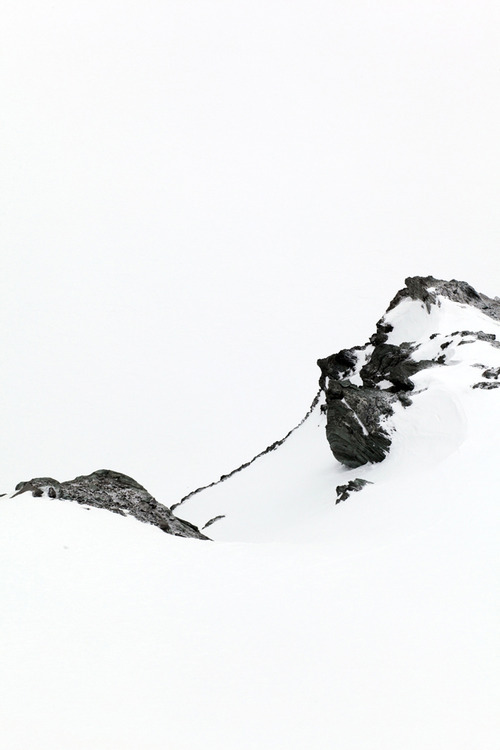
© Bärbel Praun from the series 'This Must Be the Place’
Please tell us about the Landscape of ‘On Pad_D 826’ and why it appealed to you.
BP: In 2012 I went to Namibia visiting a good friend of mine. Right from the start I felt totally amazed and fascinated by its landscape and width, fell in love with the special light, the variety of colours of sand and stones, the shape of mountains and deserts. Travelling by car through the country I found out that one could meet not a single person for the whole day. With a population of only 2,1 million people Namibia is one of the least densely populated countries in the world, it has a huge road network nationwide which primarily consists of natural pads surfaced with sand, gravel or even salt; due to low traffic volumes the majority of roads is not tarred. Dominated by the Namib and Kalahari Desert, theoretically one could think Namibia still has a wild and intact landscape. After a while one starts noticing fences alongside the pad (pad: afrikaans for street), signs, closed gates, which remind you of the fact that the country is divided into private and governamental properties – the landreform is a central political topic since Namibia’s independency in the 90’s. To see this obvious beauty, enormous width and loneliness and to explore these little almost hidden signs of political circumstances in landscape led me to start the series 'on pad_D 826’. Won’t be the last time I go there.
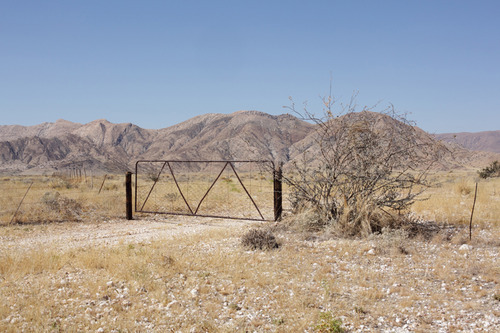
© Bärbel Praun from the series 'On Pad_D 826’
It seems that you are interested in making a connection between the microscopic and the macroscopic. Can you talk about your thoughts about this aspect of landscape that is found in your work?
BP: Various kinds of materials and substances and their surfaces, haptics and shapes always fascinated me, whether they are natural ones like ice, stone or water or artificial ones like plastic foil or styrofoam. Within my work they often either appear as distant landscapes or close-ups. Small items, which make me curious about how they could feel or even sound like, will be combined with natural landscapes.
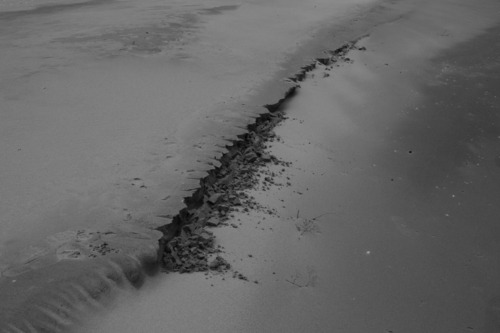
© Bärbel Praun from the series 'This Must Be the Place’
Tell us about your work in progress which is stylistically very different from your previous works.
BP: I guess I needed a change and to find some answers for myself, personally in life and also photographically. The working progress slowly became something different, there seems to be more room for coincidences and experiments within this series. Still looking. And enjoying it.
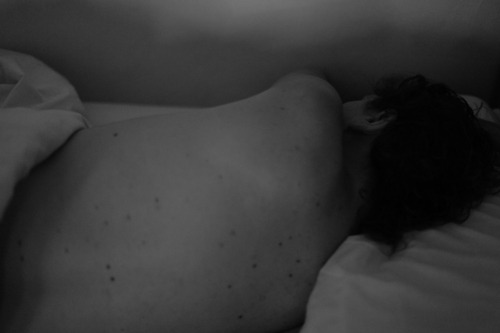
© Bärbel Praun from the series 'This Must Be the Place’
Bärbel Praun, born (1978) in Landshut, Germany. Studies of Photography and Media at University of Applied Sciences Bielefeld (2000-2006). Lives in Munich and Saas Fee, Swtizerland.
---
LINKS
Bärbel Praun
Germany
share this page